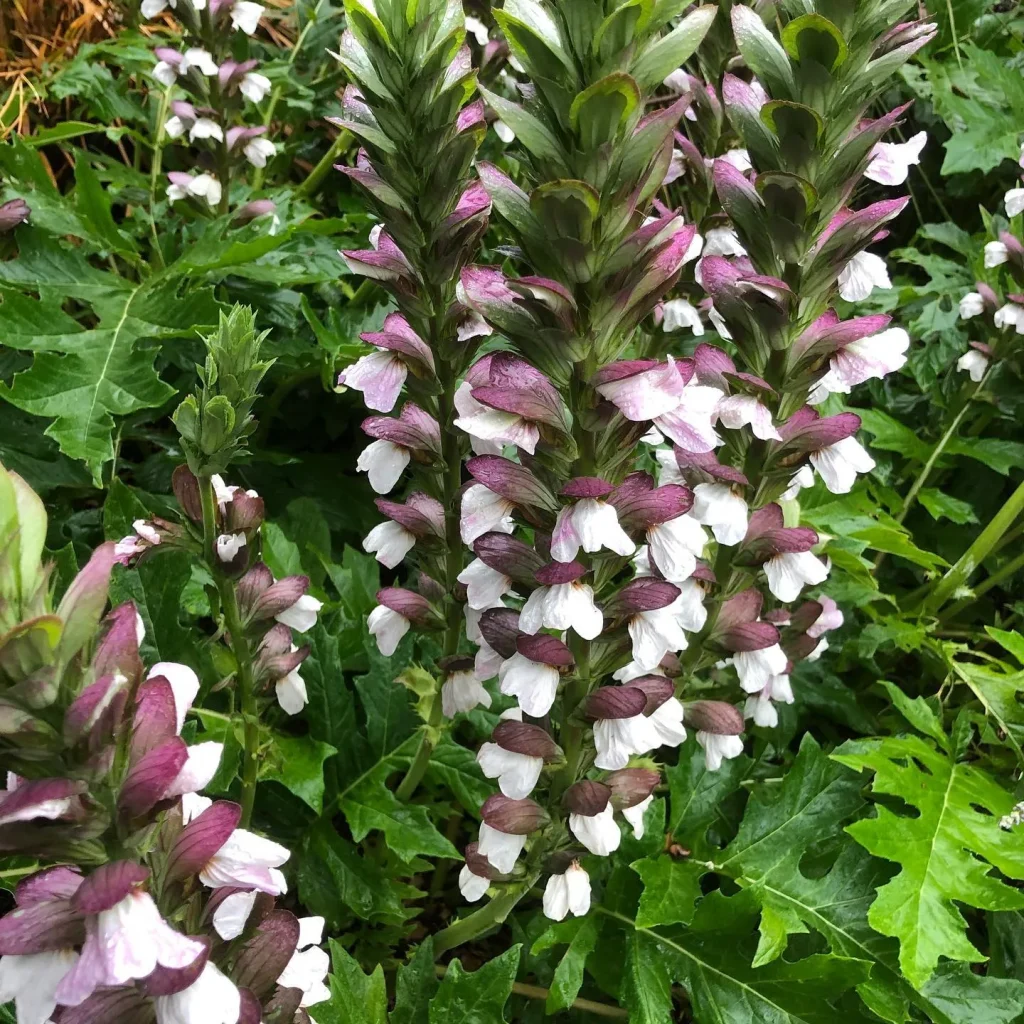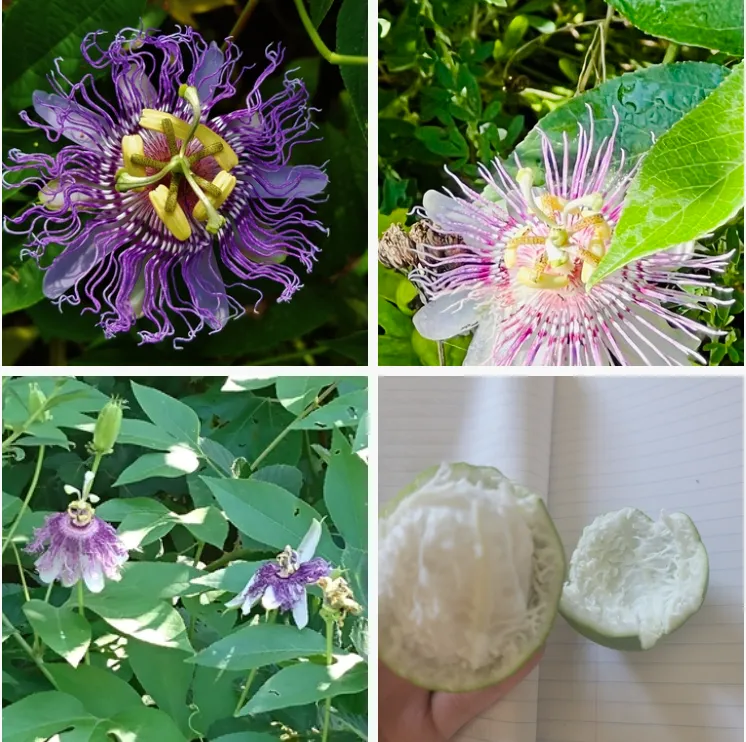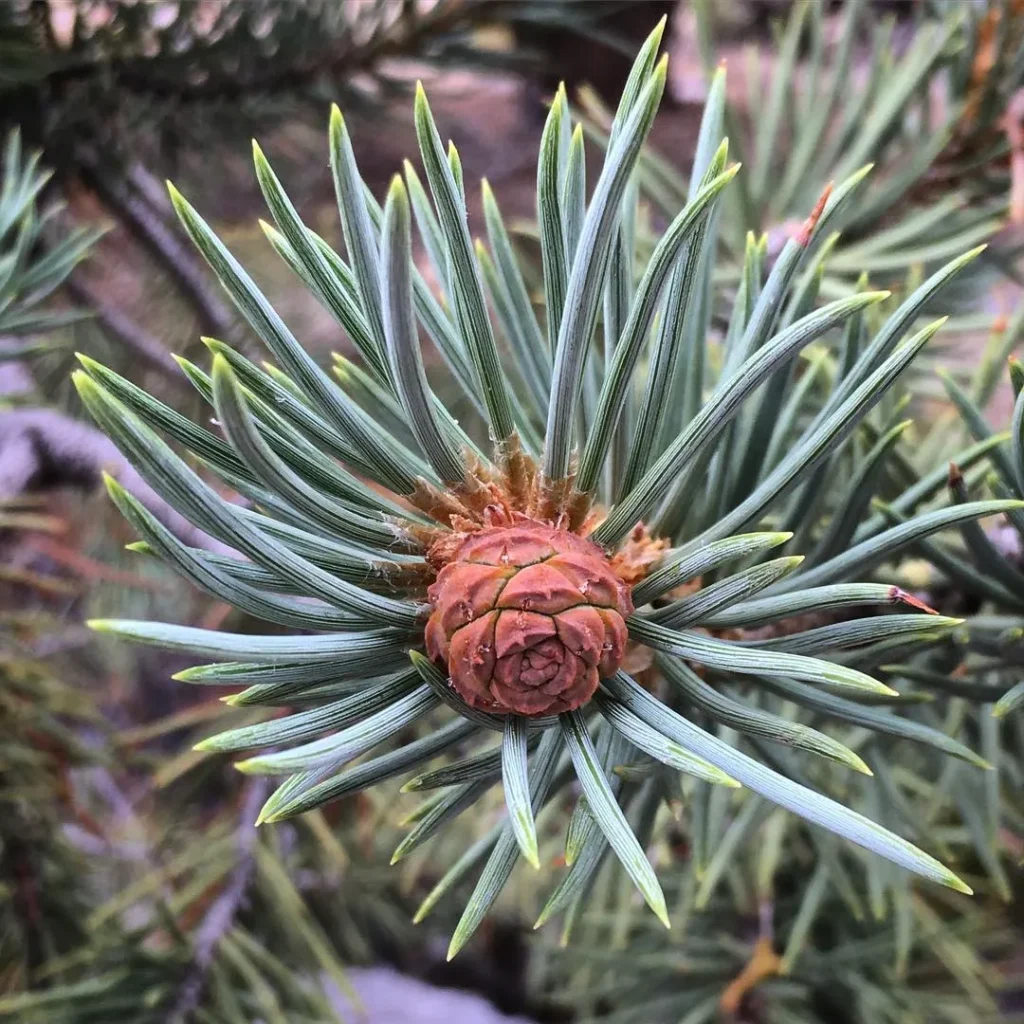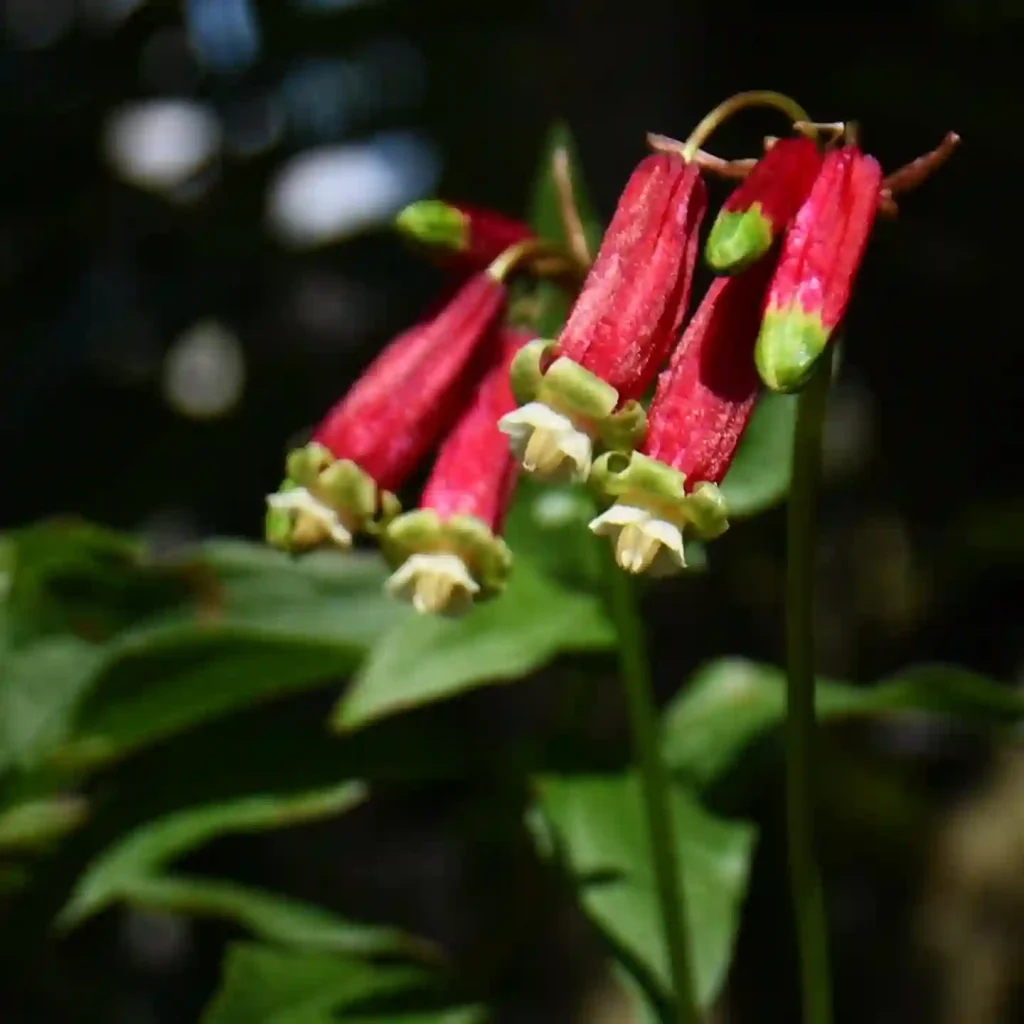
Dioscorea Elephantipes vs Mexicana
I find Dioscorea Elephantipes fascinating for its unique, bulbous shape that resembles an elephant’s foot, while Dioscorea Mexicana captivates me with its slender, twisting vines and delicate leaves.
635 Species in Genus Dioscorea
How to grow Dioscorea elephantipes?
Here’s a guide on how to grow Dioscorea elephantipes, also known as the Elephant’s Foot Succulent:
Seeds or tubers?
You can propagate Dioscorea elephantipes through seeds or tubers. Seeds are more readily available, but germination can be slower and more challenging. Tubers, on the other hand, can sprout faster, but they might be harder to find and more expensive.
Growing from Seeds:
- Timing: Fall is the ideal time to plant seeds for Dioscorea elephantipes.
- Potting Mix: Use a well-draining cactus or succulent potting mix. You can also create your own mix with:
- Potting soil
- Perlite (for drainage and aeration)
- Sand (for additional drainage)
- Planting:
- Sterilize your pot and potting mix to prevent bacteria growth.
- Moisten the potting mix but avoid making it soggy.
- Remove any “wings” from the seeds (if present).
- Make shallow holes (about 0.4 inches deep) in the mix and place the seeds inside.
- Cover the pot with plastic wrap or a humidity dome to create a mini greenhouse environment.
- Germination:
- Place the pot in a warm location with bright, indirect light. Avoid direct sunlight.
- Maintain consistent moisture in the soil but avoid overwatering. You can mist the surface of the soil occasionally.
- Germination can take 2-3 weeks. Once seedlings emerge, gradually remove the plastic wrap or humidity dome to acclimate them to lower humidity.
Growing from Tubers:
- Planting:
- Choose a healthy tuber with some “eyes” (growth points).
- Use a pot with drainage holes that’s slightly larger than the tuber.
- Fill the pot with well-draining cactus or succulent mix.
- Place the tuber on its side partially buried in the soil, with the “eyes” facing upwards.
- Water moderately to moisten the soil but not drench it.
General Care:
- Light: Mature Dioscorea elephantipes prefers bright, indirect light. You can provide some direct sunlight in the morning, but avoid harsh afternoon sun.
- Watering: Water thoroughly when the soil dries out completely. This succulent stores water in its caudex (swollen base) and is drought tolerant once established. Avoid overwatering, which can lead to root rot.
- Soil: Ensure the potting mix drains well to prevent root rot. Repot every 2-3 years or when the plant outgrows its current pot.
- Fertilizer: You can fertilize your Dioscorea elephantipes monthly during the growing season (spring and summer) with a diluted, balanced liquid fertilizer. Withhold fertilizer during dormancy (winter).
- Temperature: Maintain warm temperatures between 65°F and 80°F (18°C and 27°C). Protect the plant from cold drafts and frost.
Additional Tips:
- Mature Dioscorea elephantipes can develop climbing vines. You can provide a moss pole or trellis for support.
- Pests and Diseases: This plant is generally pest and disease resistant. However, watch out for mealybugs or scale insects. You can treat them with insecticidal soap or neem oil.
How fast does Dioscorea elephantipes grow?
The growth rate of Dioscorea elephantipes can be quite slow, especially in the beginning. In my experience, it took several months before I saw any significant growth. During the first year, it seemed like it was barely changing, but I learned that it was establishing its root system. Once it got going, I observed new vines sprouting more regularly, but it’s definitely a plant that teaches patience. The growth seems to pick up a bit after it’s well-established, with noticeable changes year over year rather than month to month.
How to plant Dioscorea elephantipes seeds?
When I decided to plant Dioscorea elephantipes seeds, I found that patience and a bit of finesse were key. I started by soaking the seeds in water for about 24 hours to help with germination. Then, I planted them in a sandy, well-draining soil mix, just barely covering them with soil. Keeping the soil consistently moist but not waterlogged was crucial. I placed the pots in a warm, bright area, and it took a few weeks before I saw the first signs of life. The seedlings are delicate, so I handled them very carefully to avoid damaging them.
Where can I buy Dioscorea elephantipes?
Finding Dioscorea elephantipes for purchase was an adventure in itself. I discovered that specialized online nurseries and succulent retailers were the best places to look. Some local botanical gardens and plant shows occasionally had them, but it was hit or miss. I also checked plant enthusiast forums and social media groups, where members sometimes sold or traded plants. Ultimately, I bought mine from a reputable online store that specializes in rare and exotic plants, ensuring I received a healthy specimen.
If i die, water my plants!



